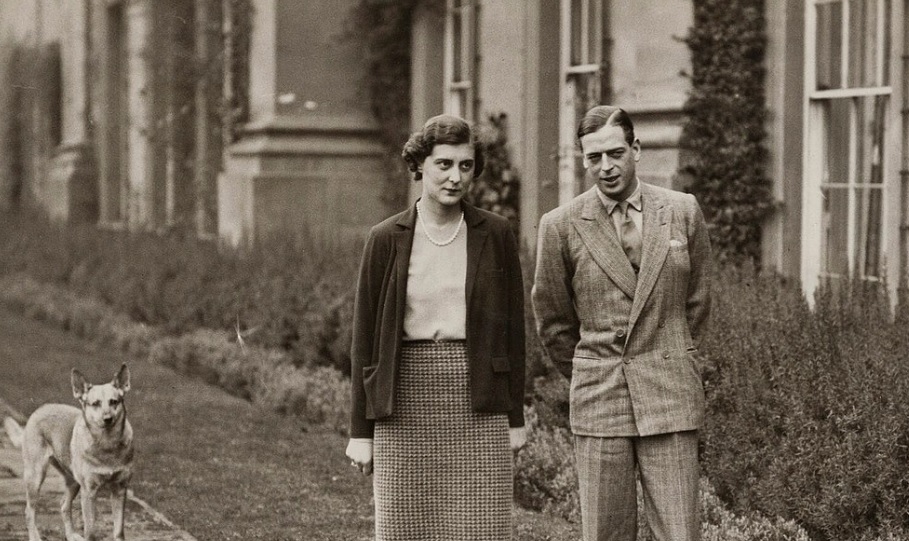It’s a royal ‘what if’. What if Edward VIII hadn’t abdicated? The possibility of a different royal line taking the throne lingers in an alternative history. But another intriguing possibility is highlighted as new papers about the moment that changed the monarchy forever are revealed. Could another royal brother have been declared monarch in place of Edward VIII?
We all know what happened when Edward gave up his kingdoms and his empire for the woman he loved. Next in line was his brother, Albert, who became King George VI. However, we also know that Albert, called Bertie by his family, was a shy man with a stammer. When faced with the possibility of becoming king, he fell on his mother’s shoulder and wept at the enormity of the task ahead of him. We also know that he took on that task with gusto and became one of the country’s best loved kings. But in the anxious days before the Abdication, with the throne teetering on the unknown, the prospect of him being passed over was raised.

(Abbie Rowe, Public domain, via Wikimedia Commons)
That possibility is in the spotlight again after Christopher Wilson examined newly released government papers about the Abdication. His work, published in The Daily Telegraph, shows there was even a discussion about the mother who held a weeping son taking on the role of Queen Regent. Mary was considered as a caretaker ruler but Christopher Wilson says that, implicit in that, was another question. And that was whether she would eventually hand the throne, not to her second son, but to her fifth child, George, Duke of Kent.
In 1958, a book by Dermot Murrah, a noted historian with an in depth knowledge of the royal situation in the 1930s, revealed that the possibility of the Duke of Kent becoming king was seriously considered. In ‘The Work Of The Queen’, he noted that those preparing the Abdication bill seriously considered the processes involved should the Duke of Kent be named as the successor to Edward VIII.
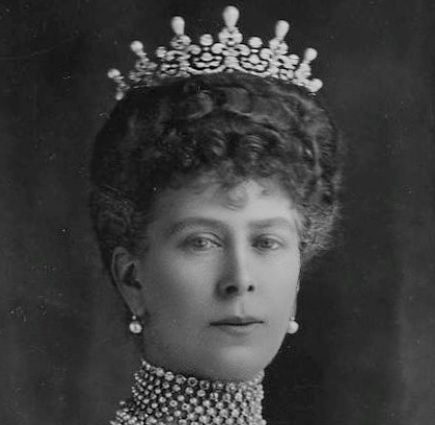
(By W. &; D. Downey, Public Domain, Wiki Commons)
It would have involved leapfrogging two other royal dukes. At the time of the Abdication, Albert, Duke of York was first in line to the throne, followed by his two daughters, Princess Elizabeth and Princess Margaret. But in fourth place was another royal brother, Henry, Duke of Gloucester. As he had no children at the time, fifth in line was George, Duke of Kent.
Choosing George would have been another, huge decision for a monarchy already shaken to its core by the decision of a king to give up his throne. However, the reasoning behind it focused on two important issues. Firstly, George was confident and charismatic. While Albert struggled with public duty, George appeared to relish it. Henry was dull and plodding while George was dashing and a real personality.
For all his dubious behaviour behind palace walls, Edward VIII was a popular figure who was so certain of his own place in the affections of the public that he wanted to broadcast to them to explain why he should reign with Wallis at his side, believing they would back him. Putting George on the throne in his place would give a shell shocked kingdom a monarch with star quality to replace the much loved king who was leaving them behind.
Secondly, and perhaps more importantly, George had something that none of his other brothers had. A son and heir. In December 1936, as the Abdication loomed, George and his wife, Marina, were expecting a second baby. But already installed in the royal nursery of their home was a little boy, then aged fourteen months. Baby Edward was sixth in line to the throne but the only male descendant of George V in the male line. And this, in the 1930s, was crucial.
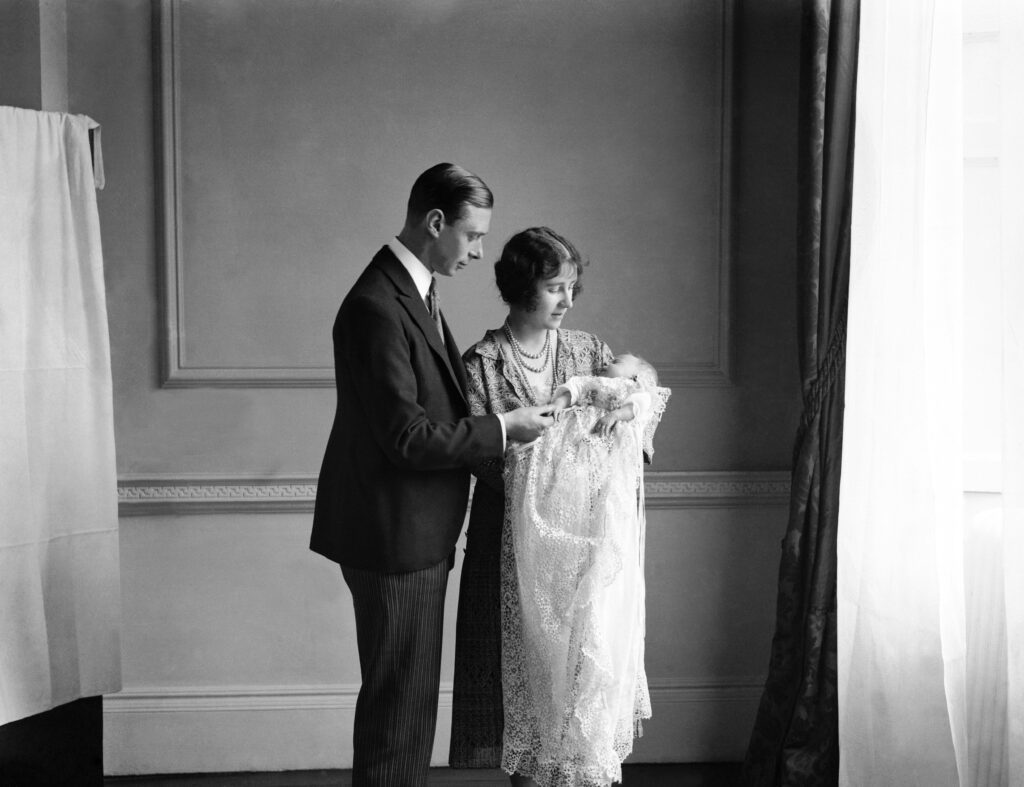
Britain had had female rulers and the reign of Victoria was a living memory. But still, the mores of the times meant that a man was always preferable to a woman when it came to the Crown. As politicians and royal advisers surveyed the prospect of a monarchy ripped apart by the decision of a king to leave for love, they sought what they thought might be the most solid option for the future. And for a while, that was very much the charismatic duke with a son of his own.
It was already evident that Albert and his wife, Elizabeth, had completed their family while Henry and his new wife, Alice, were yet to have children. George came compete with a Prince of Wales in waiting. It was, momentarily, enough to persuade some that the Duke of Kent should be king rather than the Duke of York.
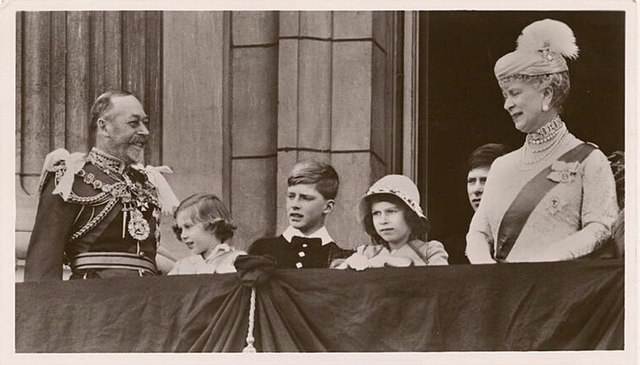
(Wiki Commons)
It means that the man we now know as the Duke of Kent, the 88 year old Prince Edward, was, briefly, on the brink of a throne. Had George, Duke of Kent become king, his own son would immediately have become Duke of Cornwall and would, at some point, have been made Prince of Wales by his father. Prince Edward would have been raised to reign. The man who chose a military career before taking on endless duties on behalf of the Monarch would have been Monarch himself, in time. A different George VI would have reigned, with Queen Marina at his side, before being succeeded by a king who could have been Edward IX.
Instead, that Edward became what his namesake had never really managed, a loyal servant of the Crown. He continues to take on duties even today and in recent weeks was at Westminster Abbey for a celebration of the RNLI.
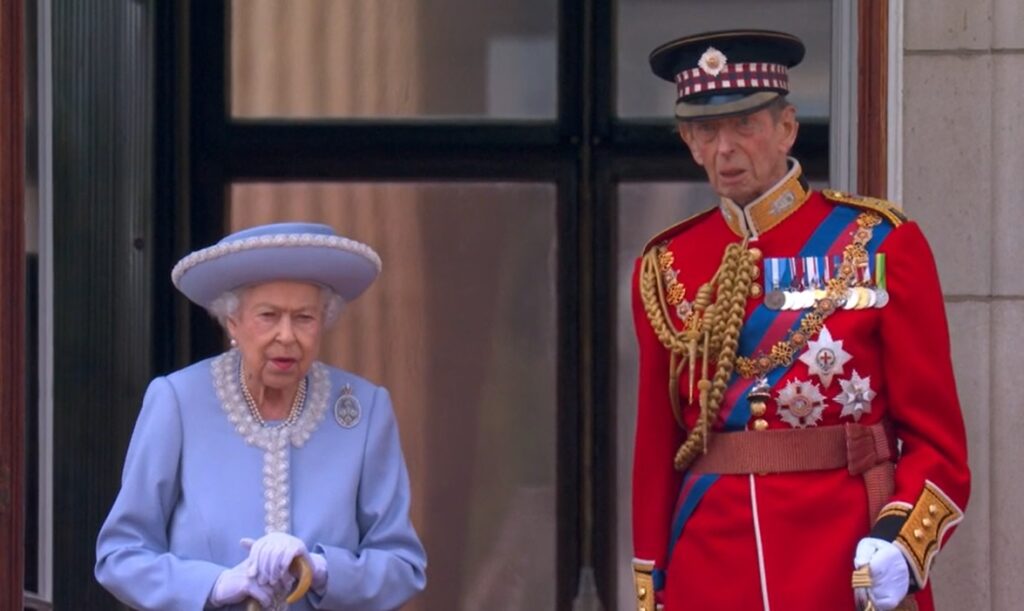
(BBC still fair use)
In another world, he might once have walked into that ancient church for his own coronation. However, in 2023, he bowed his head as his cousin, Charles III, walked past, newly crowned. More poignantly, he had insisted on sitting in the chill drizzle in the courtyard of St. James’ Palace on September 10th 2022 to hear that same cousin proclaimed as king.
Prince Edward, Duke of Kent was always one of the most devoted members of the Royal Family of Queen Elizabeth II. He represented her for decades at a huge range of events. And her decision to ask him to stand alongside her at one of the most important moments of recent royal history, as she took a salute following Trooping the Colour at her Platinum Jubilee, is another reminder of the strange bond that united them. Her historic reign was a reality but in an alternative royal universe, the man at her side became king and another story unfolded completely.


